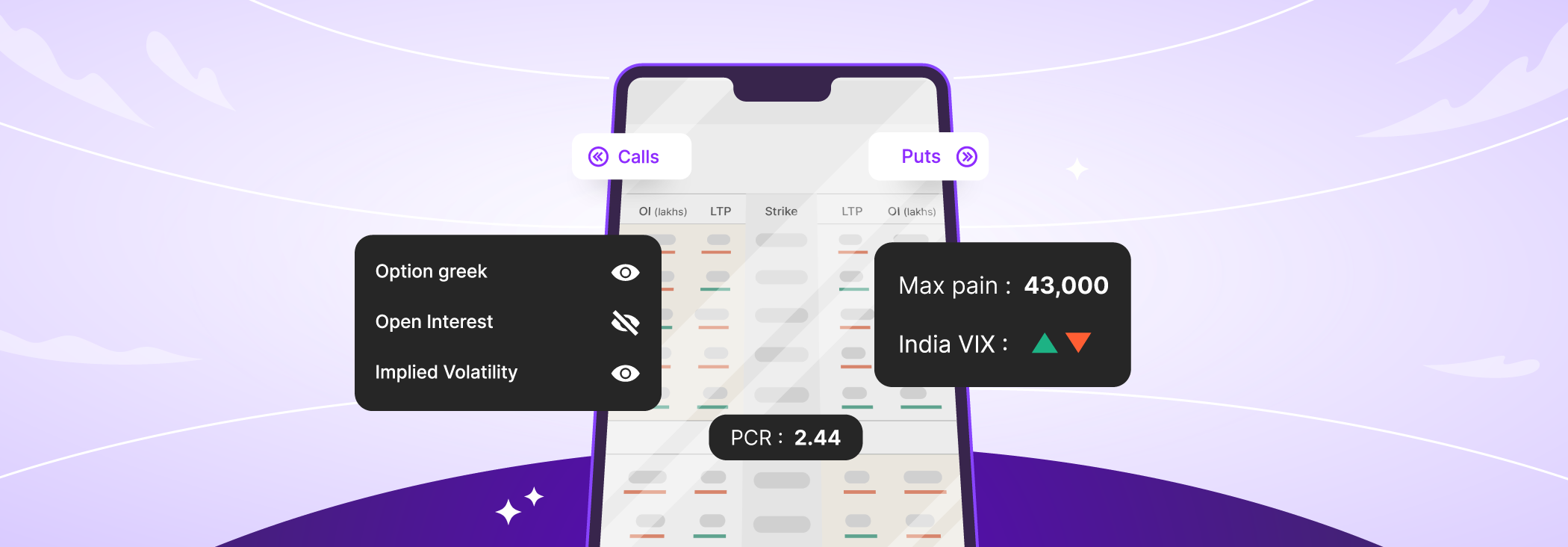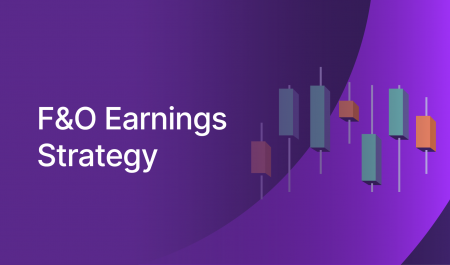Implied volatility is an important concept in options trading. But before we dive right in, here’s a brief introduction to volatility. In simple terms, volatility is the up and down movement of the underlying asset. This movement can be a result of any news, policy decision, corporate action, earnings or other factors.
Now that we know volatility, let us understand what implied volatility is and how it works.
- Implied volatility is the market’s expectation of future volatility in the underlying asset and is also called ‘IV’. It is based on the supply and demand for an option. In simple terms, if there are more buyers for an option, the price of the option will rise and so will the IV. Conversely, if there are more sellers for an option, the price of the option will fall and so will the IV.
- There are two types of volatility: historical and implied. Historical volatility reflects the change in the price of the underlying asset over a given period in the past. Implied volatility, on the other hand, tells you what the options market expects the future volatility to be.
- Implied volatility is one of several components used to derive an option price using the Black-Scholes formula.
- Implied volatility is a forward looking indicator and helps to gauge the volatility of the underlying asset. However, it does not predict the direction of options.
- Traders use implied volatility to predict the volatility of an underlying asset, create option selling strategies and use IVs to plan event-based trades.
Too much? Pull up Upstox’s power-packed Option Chain, the only one you’ll need. Find IV, top IV gainers and losers with 10+ data points on your screen.
Want to learn how to calculate historical volatility and make a trading strategy based on implied volatility? Click here to read a chapter that explains all about implied volatility from our Options Book. Get a deeper understanding of the concept and how it can help you navigate the markets effectively.


